Practical Approaches to Using Learning Styles in Higher Education
$77.40
Description
Dunn and Griggs challenge the traditional instructional process of lecture/discussion in college classroom and describe the theory, practice, and research that support a wider variety of approaches to better accommodate the learning-style preferences of each student. Twenty-five practitioners from varied backgrounds and disciplines, representing 14 colleges and universities, outline alternative strategies they use with diverse students in their institutions of higher education. Some of these practitioners have been using learning-style for decades. Others have conducted research to test the various tenets of the Dunn and Dunn Learning- Style Model, and a few, only for the past five years, have begun providing instructional strategies that are congruent with their students’ preferences.
A road map is provided for college faculty to assist them in moving toward accommodating students’ learning-style strengths by comparing the major theories of learning styles that range from uni- to multi-dimensional in scope. Strategies include: identifying and administering valid and reliable instruments for assessing college students’ learning styles, interpreting assessment results so that each student becomes aware of his/her own strengths and is provided a computer-generated prescription for improving their study skills and successfully completing assignments, designing instruction to respond to both global and analytic students’ processing styles, developing course content and materials to accommodate the learning-style preferences of college students, and evaluating the impact of learning-styles-based instruction.
Author: Dunn, Rita, Author: Griggs, Shirley
Topic: Education / Teaching
Media: Book
ISBN: 089789703X
Language: English
Pages: 280


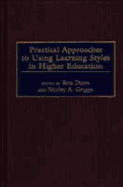
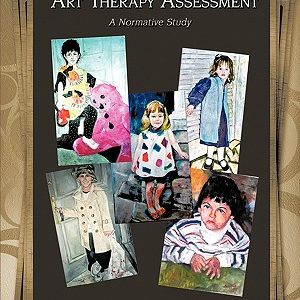

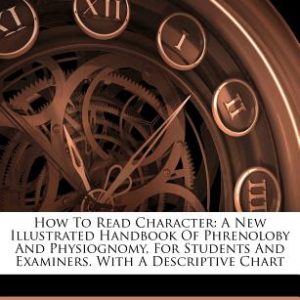


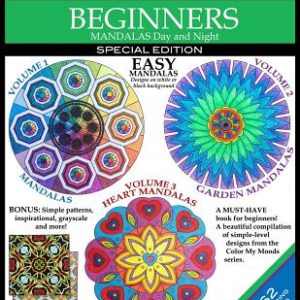
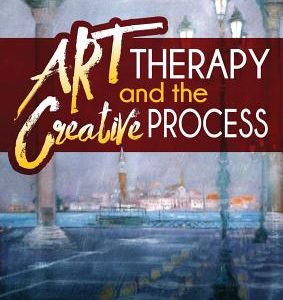
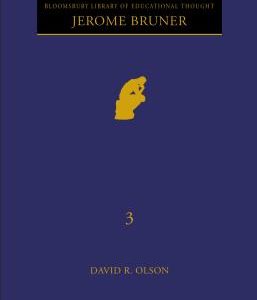

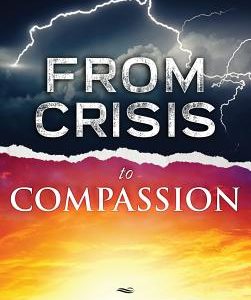

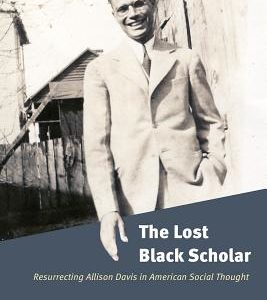
Reviews
There are no reviews yet.